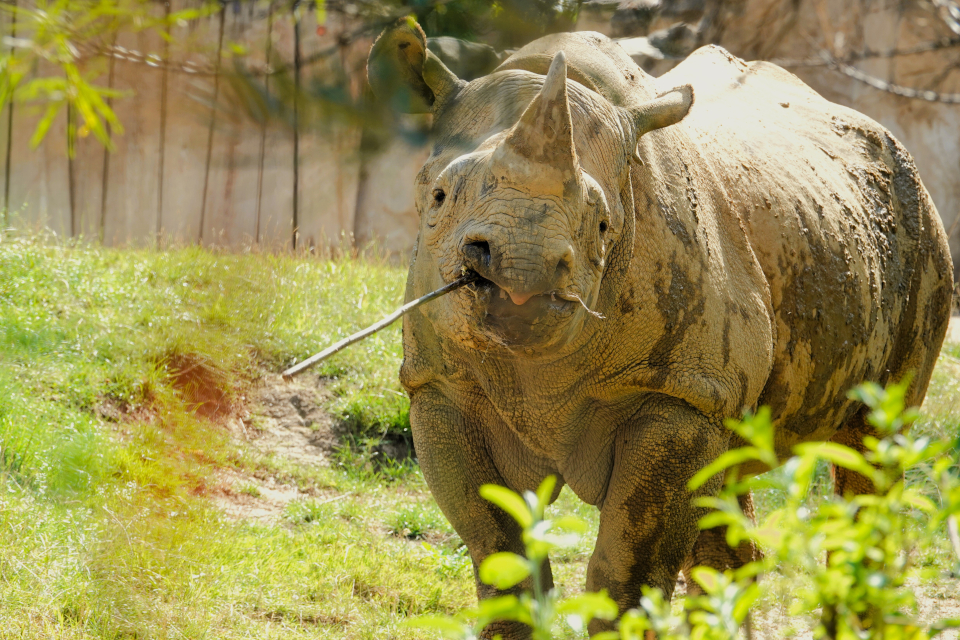A distinction is often drawn between “animal rights”, “animal welfare”, “species conservation” and “nature conservation”, even if the borders are sometimes not quite clear.
“Animal welfare” is usually understood to mean a better, more equitable animal husbandry, the avoidance of unnecessary suffering for livestock and pets. The range of topics covers from the local commitment of stray dogs to critics of industrial factory farming. Animal welfare advocates aim animals in agriculture, laboratories and elsewhere, to be free from cruelty and that their conditions of life are improved and that they are killed painlessly whenever it would be necessary.
Nature and species conservation can also be understood as animal welfare activism. The aim is to preserve wildlife habitats and species for the protection of ecological systems and biodiversity. This also benefits the welfare of animals.
The animal rights movement is different to these forms of animal welfare activism. On the contrary, it calls for equal rights for all animals, which also includes human beings. Conservation of species is not an issue for them. Many animal rights activists are not interested in the fascinating diversity of the animal world. The animal rights author Hilal Sezgin said: “For the individual it does not matter if it is a rare giraffe or one of the 600 million chickens that we slaughter in Germany every year: It has the urge to live and should be free, no matter how many others still exist of its species. The species itself is not morally relevant; It is always only the individual who has rights. And even if it is an animal, we cannot expect him to live in captivity, to act as an ‘ambassador’ for his, as it is sometimes called, or to ‘represent’ his species behind bars.“ [Translation from a German quotation]
